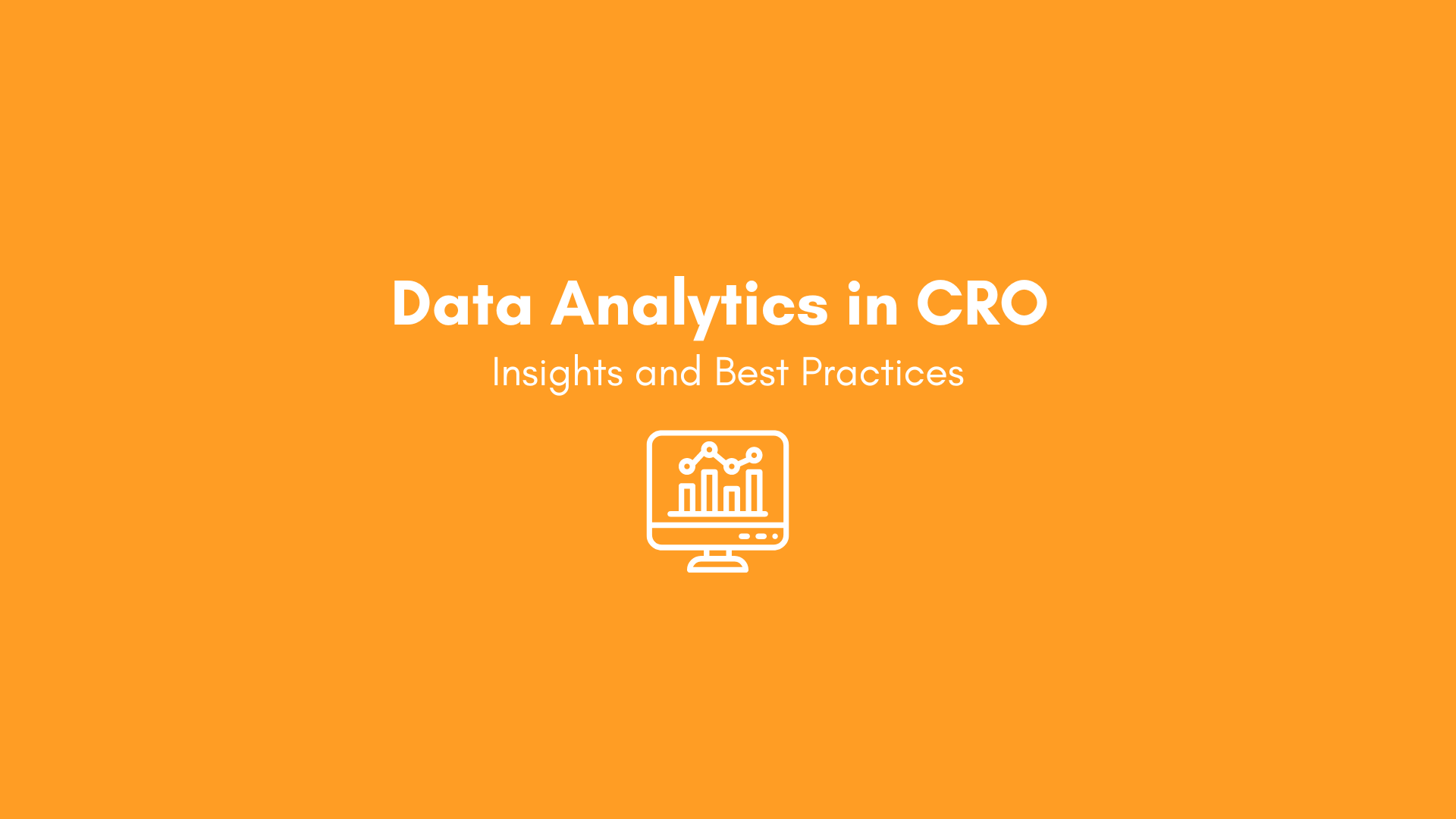
The integration of data analytics in Conversion Rate Optimisation (CRO) stands as a cornerstone for driving meaningful insights and achieving substantial business growth. Harnessing the power of data analytics in CRO empowers businesses to make informed decisions, optimise conversion funnels, and enhance overall digital performance. In this blog, we’ll explore the pivotal role of data analytics in CRO, uncovering actionable insights and best practices to maximise conversion rates and drive sustainable success.
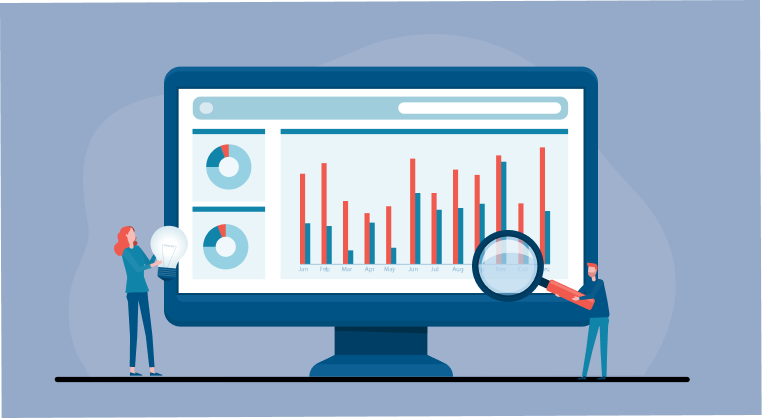
Understanding the Importance of Data Analytics in CRO
Data analytics in CRO encompasses the systematic collection, analysis, and interpretation of data to optimise conversion rates and enhance user experiences. By leveraging data-driven insights, businesses can gain a comprehensive understanding of user behaviour, identify conversion bottlenecks, and implement targeted optimisation strategies. From website traffic patterns to user interactions and conversion funnel performance, data analytics provides invaluable insights that drive informed decision-making and facilitate continuous improvement in CRO efforts.
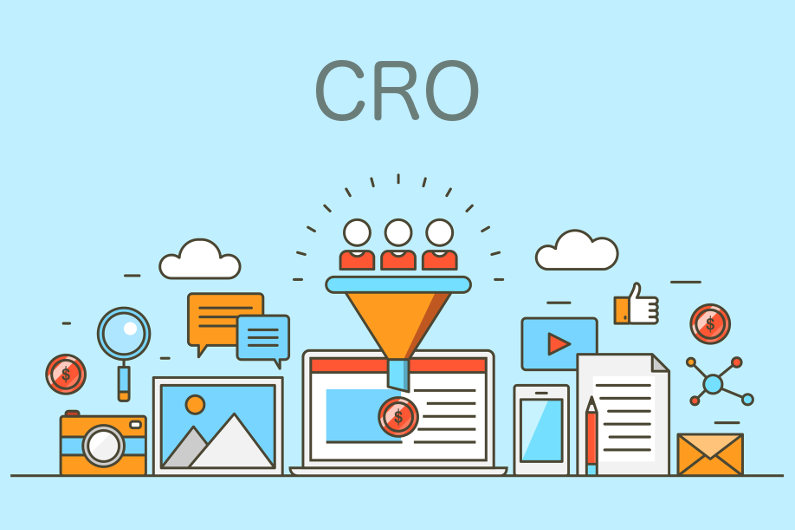
Uncovering Insights with Data Analytics in CRO
The crux of CRO lies in its ability to transform passive website visitors into active users who engage with content, fill out forms, or complete purchases. At the heart of successful CRO is data analytics, a discipline that meticulously dissects user behaviour to inform strategic decisions.
Understanding User Behaviour
Data analytics provides a granular view of how users interact with a website. By tracking metrics such as bounce rate, click-through rate (CTR), and session duration, analysts can identify patterns and anomalies in user engagement. Tools like heatmaps and session recordings offer visual insights into user navigation, highlighting areas that attract attention or cause friction.
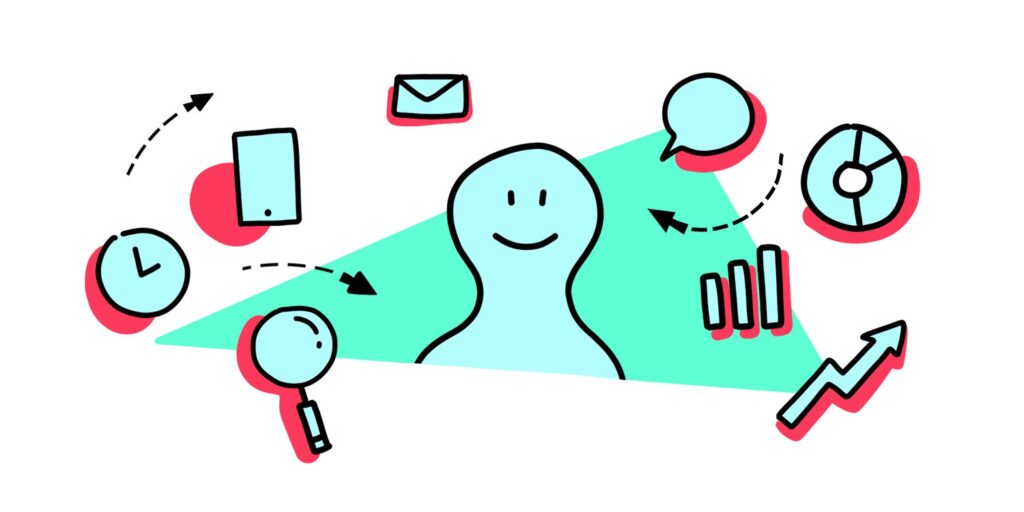
Segmentation and Personalisation
Effective CRO leverages data to segment audiences based on demographics, behaviour, or source of traffic. This segmentation enables personalised experiences, which are known to significantly boost conversion rates. For instance, displaying different content to first-time visitors versus returning customers can cater to their distinct needs and propel them further down the conversion funnel.

A/B Testing and Multivariate Testing
A/B testing, the cornerstone of CRO, involves presenting two versions of a web page to different segments of website visitors and measuring the effect on conversions. Multivariate testing takes this a step further by testing multiple variables simultaneously. Data analytics ensures that these tests are statistically significant and that the results lead to actionable insights.

Quantitative and Qualitative Data
While quantitative data offers a numerical understanding of user behavior, qualitative data fills in the ‘why’ behind the ‘what’. Surveys, user feedback, and usability tests provide context to the numbers, allowing for a more comprehensive approach to CRO.
Funnel Analysis:
Data analytics enables businesses to track user journeys through conversion funnels, identifying drop-off points and areas for optimisation. By optimising key touch points within the funnel, businesses can streamline the conversion process and maximise conversion rates.

The Role of Machine Learning
The Role of Machine Learning in Conversion Rate Optimisation (CRO) signifies a significant paradigm shift in how businesses approach data analysis and optimisation strategies. Let’s delve deeper into how advancements in machine learning are revolutionising CRO practices:
Predictive Analytics:
Machine learning algorithms have the capability to analyse vast amounts of historical data to forecast future user behaviour accurately. By leveraging predictive analytics, businesses can anticipate how users are likely to interact with their website or digital assets. This foresight enables proactive optimisation strategies, allowing businesses to preemptively address potential barriers to conversion and tailor user experiences accordingly. For example, predictive analytics can help identify segments of users who are at risk of churn or those with a high propensity to convert, enabling targeted interventions to optimise conversion rates.
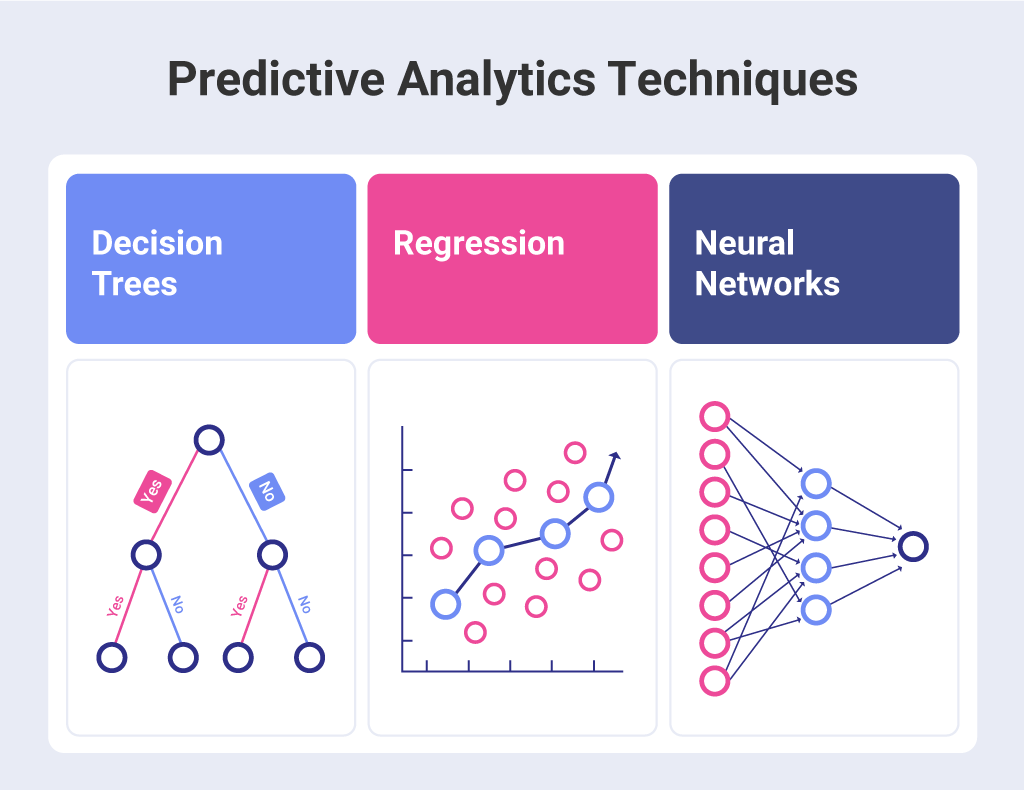
Prescriptive Analytics:
Prescriptive analytics takes predictive insights a step further by recommending actionable strategies to improve conversions. By analysing the causal relationships between various factors influencing user behaviour, machine learning algorithms can suggest the most effective course of action to achieve desired outcomes. For instance, prescriptive analytics may recommend specific changes to website layout, messaging, or promotional offers based on the predicted impact on conversion rates. This data-driven approach empowers businesses to make informed decisions that are backed by statistical rigour, minimising guesswork and maximising the effectiveness of optimisation efforts.
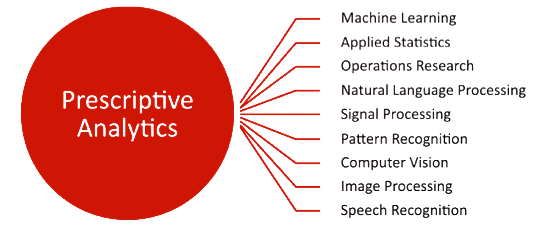
Automated Personalisation:
Personalisation lies at the heart of effective CRO strategies, and machine learning algorithms play a pivotal role in automating the personalisation process. By analysing user behaviour in real-time, machine learning models can dynamically adjust website content, product recommendations, and messaging to match individual user preferences and characteristics. This level of personalisation goes beyond traditional rule-based approaches, allowing businesses to deliver highly relevant and engaging experiences that resonate with users on a deeper level. Automated personalisation not only enhances user satisfaction but also increases the likelihood of conversion by presenting users with content and offers that are tailored to their needs and preferences.
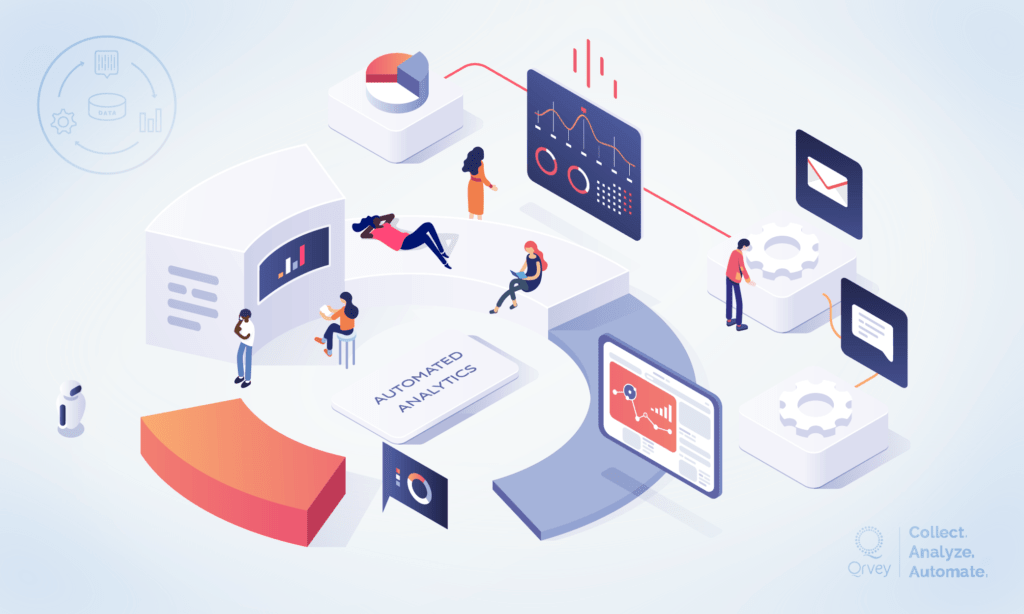
In summary, machine learning has revolutionised the field of CRO by enabling predictive analytics to forecast user behaviour, prescriptive analytics to recommend optimal strategies, and automated personalisation to deliver highly relevant experiences. Businesses can now unlock new opportunities for optimising conversion rates, driving growth, and staying ahead of the competition.
Best Practices for Data Analytics in CRO
Adhere to best practices that drive meaningful insights and actionable outcomes:
Define Clear Objectives:
Clearly define CRO objectives and key performance indicators (KPIs) that align with business goals. This ensures that data analytics efforts are focused on driving measurable results that contribute to overall success.
Implement Robust Tracking Mechanisms:
Utilise advanced analytics tools such as Google Analytics, Hotjar, or Optimizely to track and analyse user interactions, conversion events, and funnel performance. Ensure that tracking mechanisms are implemented correctly to capture accurate data.
Iterative Testing and Optimisation:
Continuously test and optimise, leverage A/B testing, multivariate testing, and other experimentation techniques to refine conversion strategies iteratively. Analyse test results rigorously to identify winning variations and implement learnings for future optimisations.
Cross-functional Collaboration:
Foster collaboration between marketing, design, development, and analytics teams to ensure alignment and synergy in CRO efforts. Cross-functional collaboration facilitates the exchange of insights and expertise, driving holistic optimisation strategies that maximise conversion rates.
Stay Agile and Adaptive:
In the fast-paced digital landscape, agility and adaptability are key. Monitor performance metrics regularly, stay abreast of industry trends, and adapt CRO strategies accordingly to maintain competitiveness and drive sustained growth.
Conclusion:
Data analytics in CRO serves as a powerful catalyst for driving meaningful insights, optimising conversion funnels, and ultimately driving success in the digital realm. Businesses can gain a deeper understanding of user behaviour, uncover actionable insights, and implement targeted optimisation strategies that maximise conversion rates and drive sustainable growth. Embrace data analytics in CRO as a strategic imperative, and unlock the full potential of your digital marketing efforts.







Recent Comments